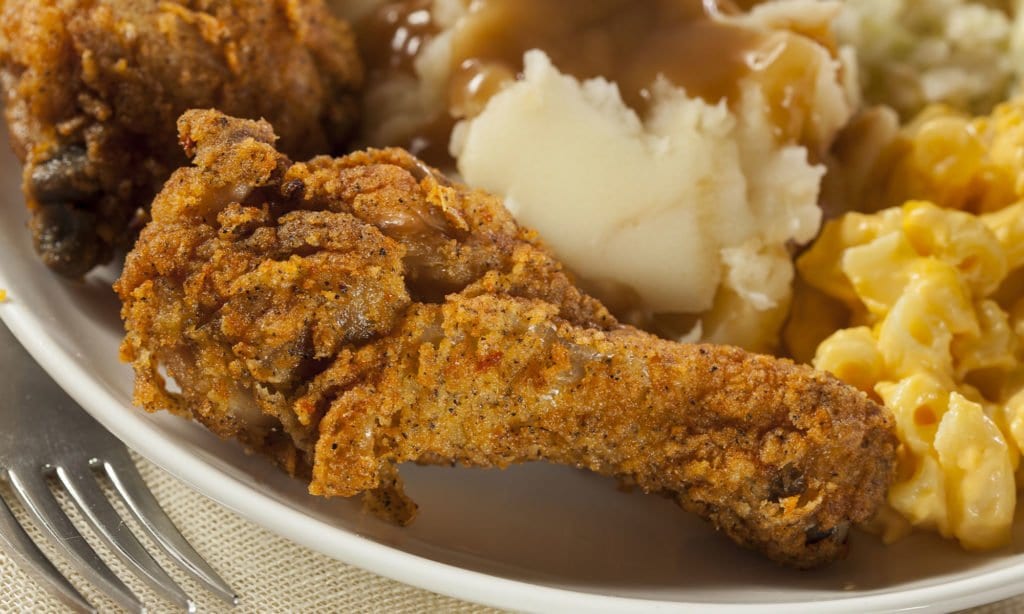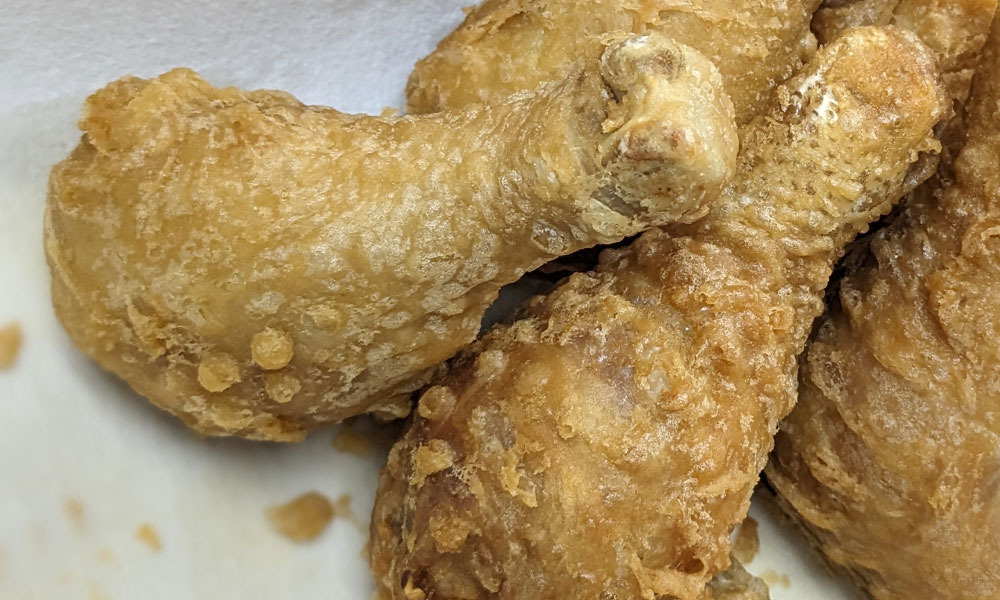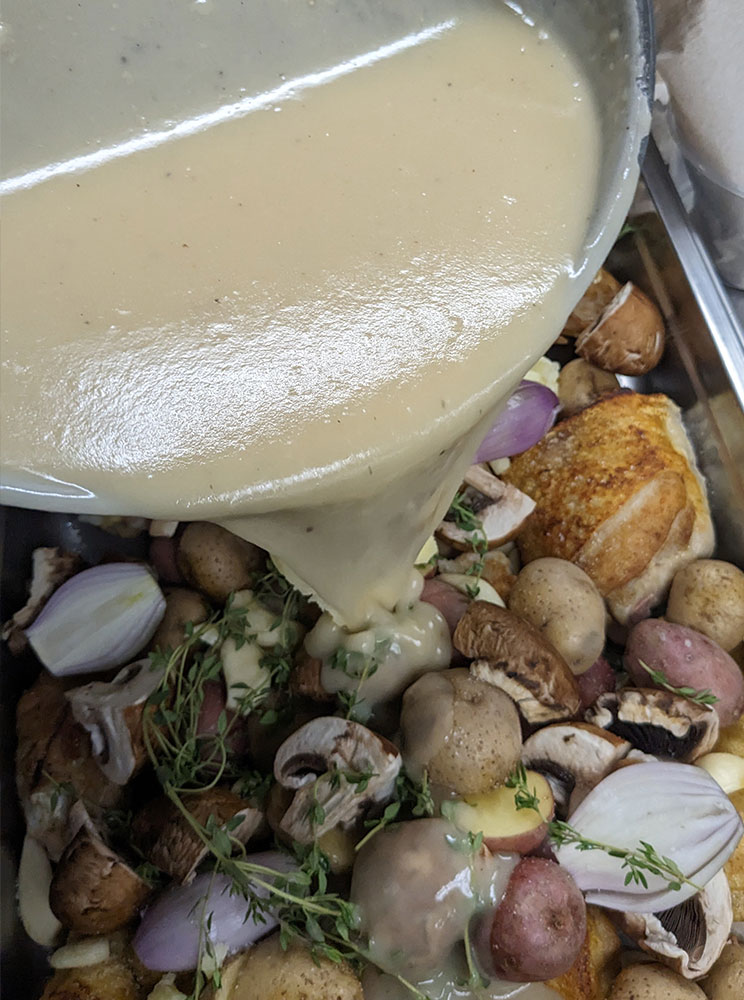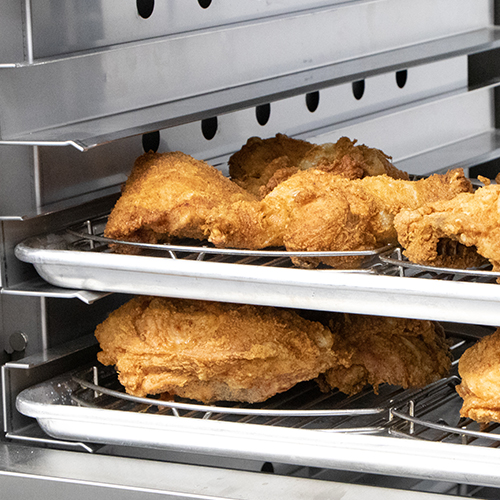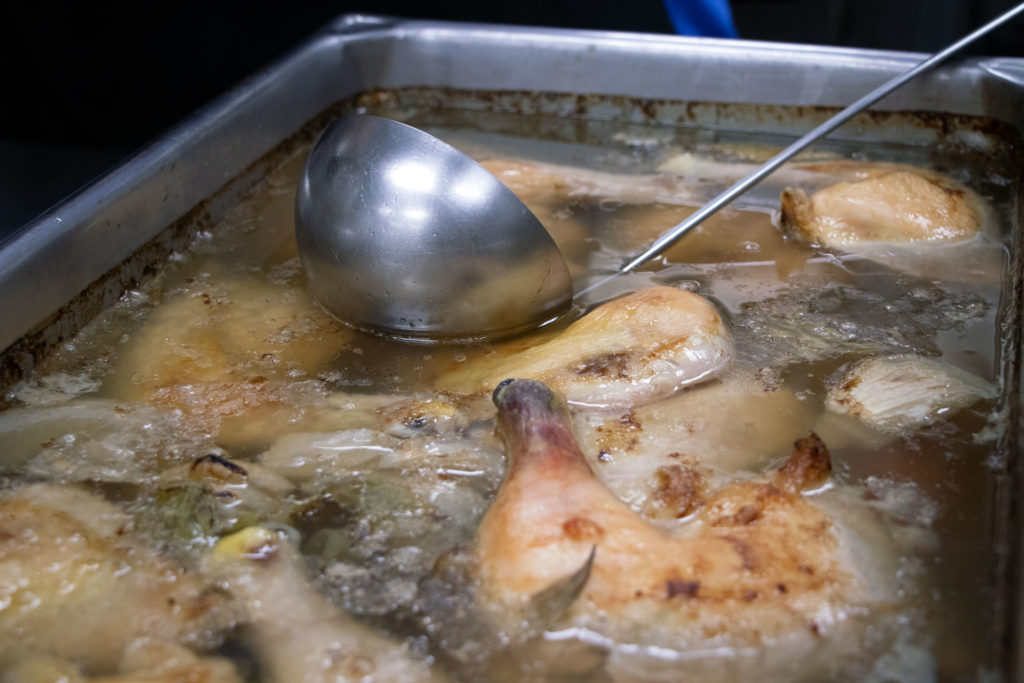Winston Collectramatic Pressure Fryer: Benefits for Fried Chicken
Pressure frying elevates the art of chicken preparation. Combining high heat, pressure, and a seasoned coating results in chicken that is incredibly crispy on the outside and moist and flavorful on the inside. Whether you’re a fan of classic Southern fried chicken or prefer a unique twist on this timeless dish, understanding the science and […]
Winston Collectramatic Pressure Fryer: Benefits for Fried Chicken Read More »

